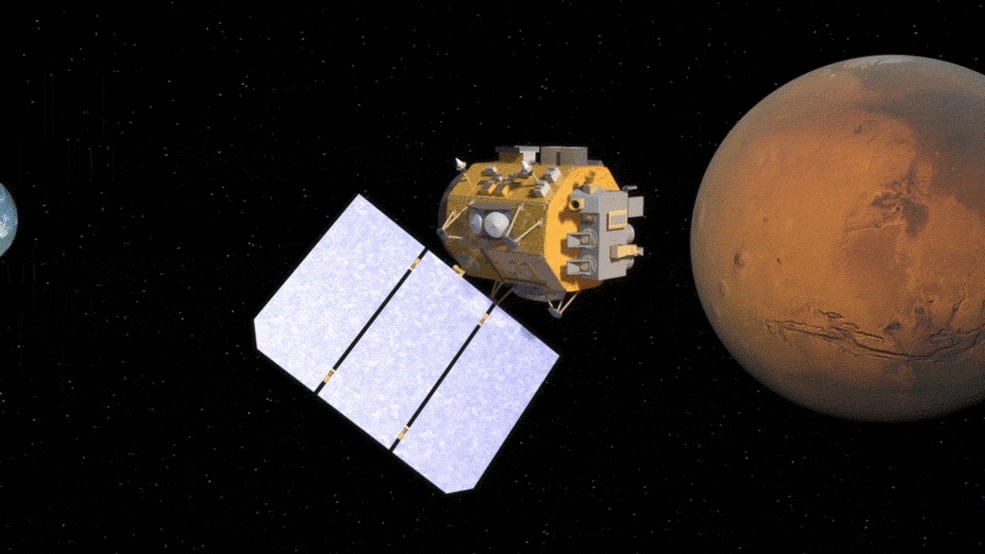As part of a recent exchange, NASA administrator Jim Bridenstine discussed the various upcoming projects, mentioning in particular the Mars 2020 and Artemis. He also took the opportunity to take stock of the various preparations underway as part of a future human exploration of the red planet.
As American astronauts prepare to walk on the Moon again as part of the Artemis missions, remember that several public agencies and other private companies are also targeting another target:Mars. This is particularly the case for SpaceX, or even NASA, which plans a first crewed mission in the 2030s .
Obviously exploring Mars with rovers is one thing, but sending humans there is another. Especially since it is then necessary to be able to bring them back to Earth in complete safety. In this sense, the American agency is already working on the development of several technologies capable of ensuring these different objectives.
Astronauts bound for Mars will have to travel approximately 140 million kilometers in deep space. With our current propulsion systems, such a journey would take between six and nine months. The agency and its partners are currently developing, testing and maturing various technologies with the aim of reducing this travel time. What minimize the time of exposure of astronauts to cosmic radiation.
It is still too early to say which propulsion system will be chosen, but it seems that NASA has opted for thermal nuclear propulsion.
The idea here is to heat liquid hydrogen to very high temperatures through a nuclear reactor. The material is then ejected from the rear of the rocket (via a nozzle) in order to create thrust. Different configurations have already been proposed since the beginning of the space age, but for now, no rocket using this type of propulsion has yet managed to fly.
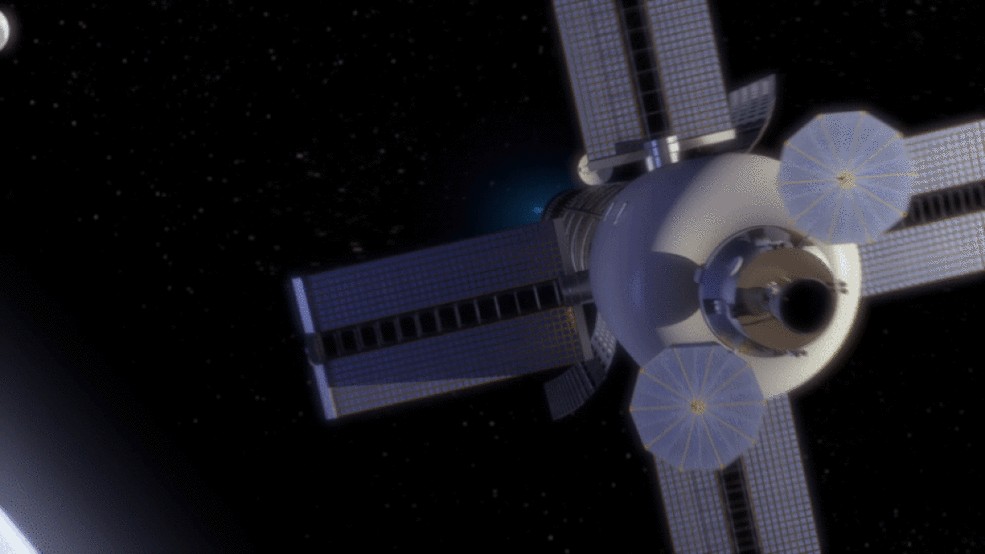
The biggest rover ever landed on Mars is the size of a small car. On the other hand, if we want to land astronauts on the surface, we will have to think bigger, and therefore heavier. The inflatable heat shield is one of the solutions devised by NASA to introduce this type of load. Once expanded and inflated, this shield would allow entry and passage through the Martian atmosphere to land cargo and astronauts safely.
The technology is not ready yet, but NASA engineers have been working on it for a few years now. It is also planned that a prototype 6 meters in diameter will soon be deployed above the Earth's atmosphere.
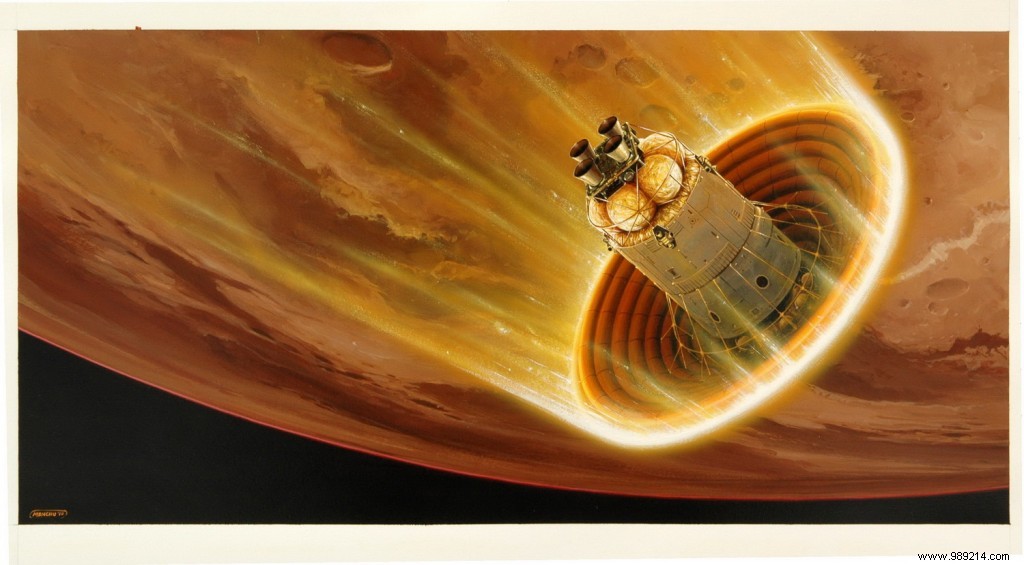
They are essential. Real personalized spaceships, the suits currently being developed for the next lunar missions – safer, more efficient and more comfortable than the previous ones – will be much the same as those deployed later on Mars.
NASA, on the other hand, is planning several upgrades, mainly to combat heat stress . These future suits must indeed be able to keep the astronauts warm during the Martian winter, and avoid overheating in the summer.
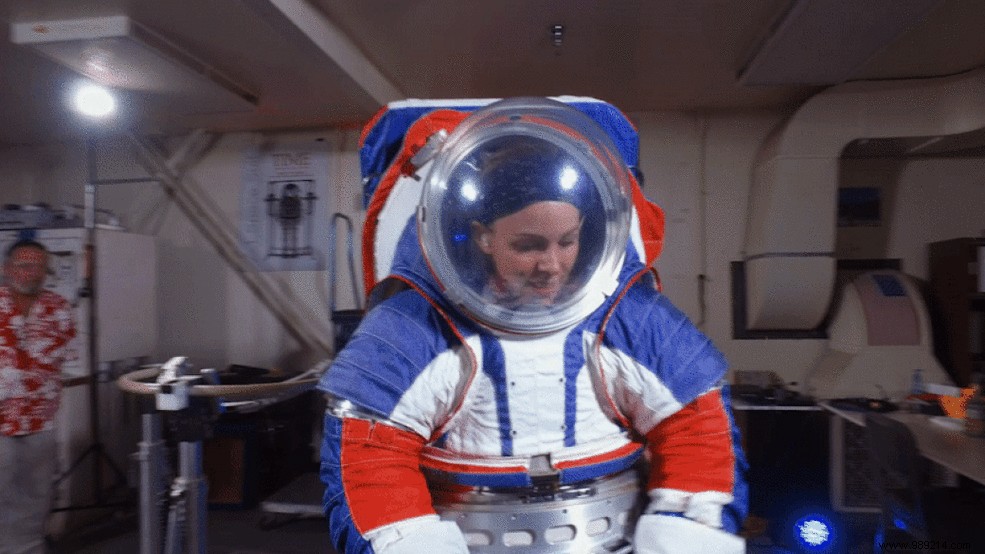
In an effort to reduce payload quantities, NASA, at least initially, will favor "two in one". The agency plans to have its astronauts evolve in a kind of space "camper van". In other words, in a pressurized habitat mounted on wheels and able to move as needed.
Inside, astronauts will have what they need to live and work for weeks. They will also be able to pilot the machine in comfortable clothes for tens of kilometers. If needed, they can also put on their space suits to get out of the rover and collect samples, or conduct scientific experiments.
NASA has already conducted several tests on Earth to inform the development of such a "mobile home" for future lunar missions. The return of astronauts from the Artemis program operating in this future pressurized rover will obviously be taken into consideration with the aim of improving the technology.
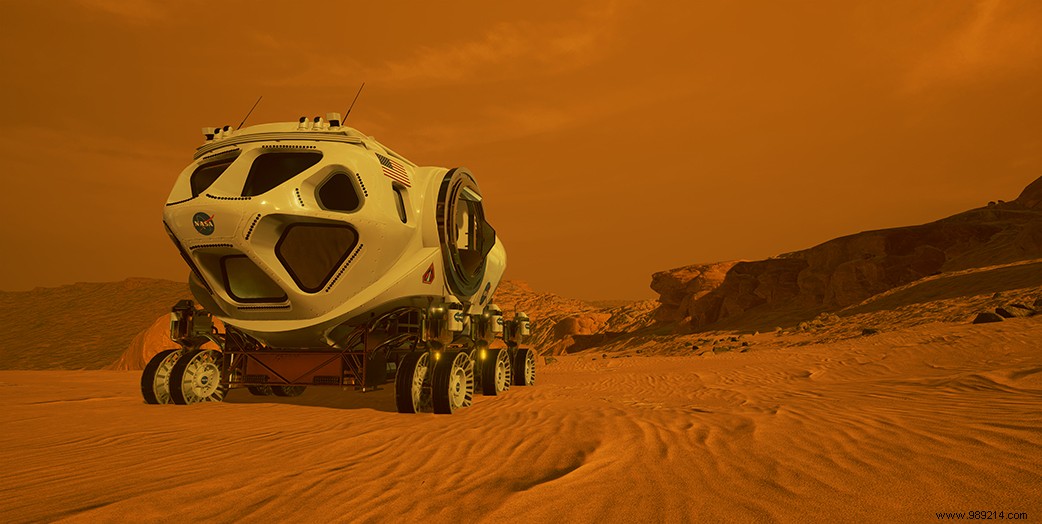
On site, astronauts will need a reliable power supply to explore the planet. The system will need to be lightweight and able to operate regardless of its location or the weather on the Red Planet. And it won't be an easy task. As a reminder, Mars is indeed prone to dust storms which, at times, can last for months.
This is why NASA seems to favor nuclear fission, rather than solar energy . The technology, already tested on Earth, has demonstrated that it can be safe and effective in enabling long-duration surface missions.
NASA, however, plans to use this type of fission power system first on the Moon. From then on, she will be able to fully envisage it on Mars.
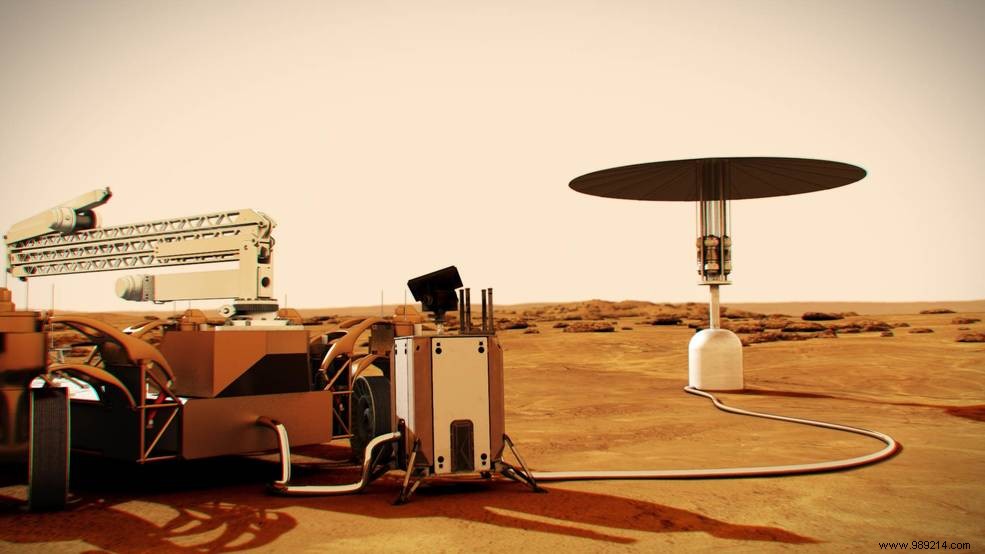
Martian astronauts will be able to rely on lasers to stay in contact with Earth operators. This type of system promises to send large amounts of information and data in a relatively short time , unlike different radio systems.
We could then communicate with the astronauts almost in real time, and enjoy high definition video streams.
NASA has already proven the viability of such laser communications with a demonstration from lunar orbit in 2013. The agency is now working to refine the technology. It is normally planned to do several tests from the International Space Station (ISS) and as part of the Artemis missions.
Finally, a payload is expected to venture into deep space soon to test the technology millions of miles from Earth.
